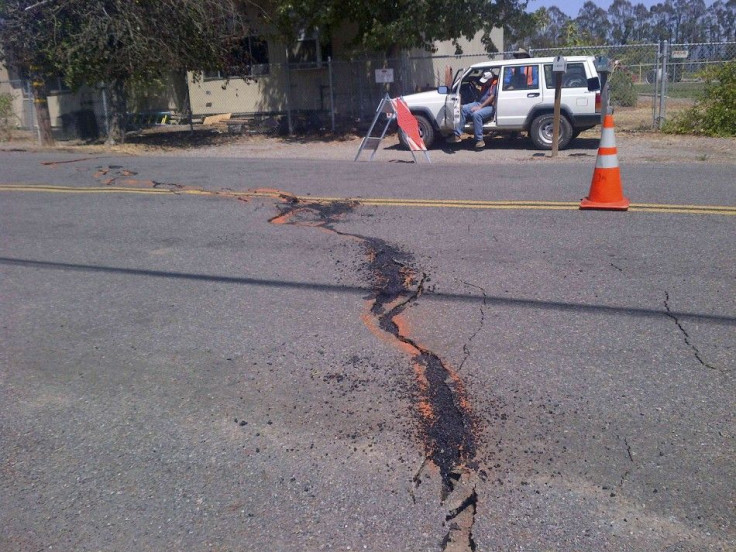Underground Eruption of A Volcano Noticed As Powerful Earthquakes Rock Iceland

Teams of scientists who are monitoring the Bardarbunga volcano in Iceland have found evidence of an underground eruption as earthquakes are continuing to rock the area, reported The Guardian.
Scientists who flew over the area on August 27 found a 2.5 to 4 miles line of giant craters, 10 to 15 meters in depth and one kilometer in width on the Vatnajoekull glacier, according to the Icelandic National Broadcasting Service. Science Daily described the craters as 'volcanic feature(s) formed by the collapse of the volcano itself.'
According to the University of Iceland, scientists spotted sinkholes that are about 50-feet in depth and about ten to fifteen circular fractures. Geologists from the university were among the scientists observing the data.
The Icelandic Met Office, in a statement, said that the craters have formed due to melting, possible an eruption of a sub-glacier.
On August 24, the alert level for the area was brought down to orange from a red when the Met Office withdrew their claim that an eruption had happened underground.
Tremors, with a magnitude of 5.0, continued on August 28 after 0800 GMT, weaker than the strongest eruption recorded on August 26 of magnitude 5.7.
The strongest earthquakes were recorded in Iceland after 1996 because of which evacuations of regions close to the volcano took place.
Seismologists are worried that there could be a possible eruption as there has been an increase in size and frequency of the earthquakes. About 500 quakes have hit the area, reported the Associated Press.
This volcano is a part of the largest volcanic system in Iceland and a major eruption here could result in global travel chaos similar to the one when the Eyjafjoell peak blew up in 2011. Grimsvotn, Iceland's most active sub-glacial volcano erupted causing the country to shut its airspace temporarily for about five days with around 100,000 flights cancelled as it was feared that the ash from the volcanoes could harm jet engines.
Air travel experts are observing the situation very closely as the volcano sits in a flight path from the U.K. to North America. The aviation alert level is the second highest at orange.




















